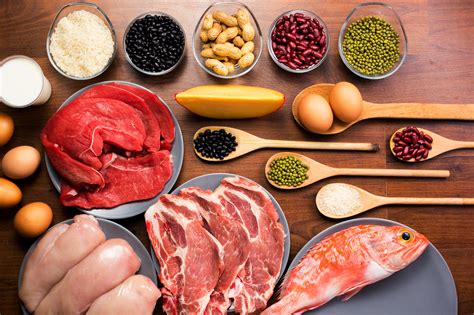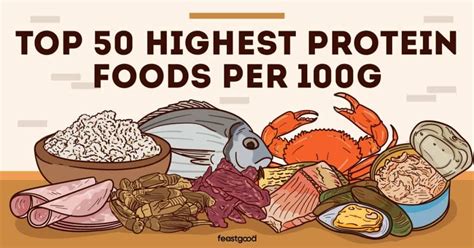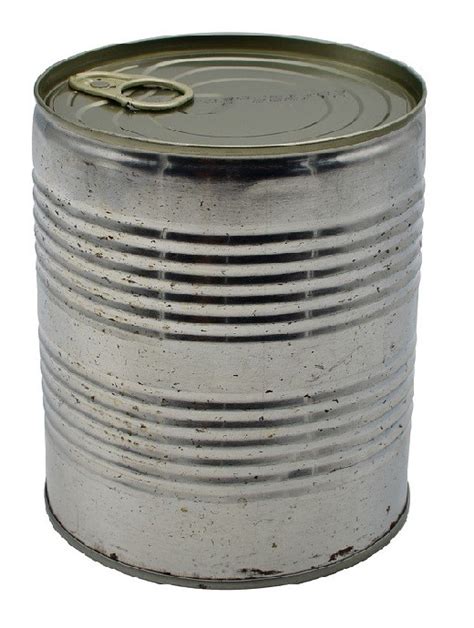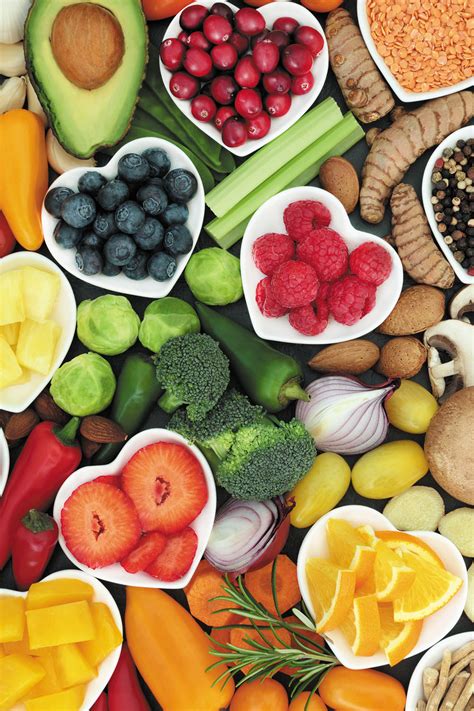How much protein do I really need daily for max muscle growth & recovery?

For anyone serious about building muscle, improving strength, or optimizing recovery from intense workouts, protein is undeniably the most critical macronutrient. It’s the building block of muscle tissue, essential for repair, growth, and numerous other bodily functions. But with so much conflicting advice available, how do you determine the *exact* amount of protein you truly need each day to achieve your maximum potential?

The Science Behind Protein and Muscle
When you exercise, especially resistance training, you create microscopic tears in your muscle fibers. Protein provides the amino acids necessary to repair these tears and rebuild the muscles stronger and larger – a process known as muscle protein synthesis (MPS). Without adequate protein, your body cannot efficiently repair and adapt, hindering both growth and recovery.
Beyond building new muscle, protein plays a vital role in preventing muscle breakdown, particularly during periods of caloric deficit or intense training. Ensuring a consistent supply of amino acids helps maintain a positive nitrogen balance, crucial for an anabolic state where muscle building predominates over muscle breakdown.
General Guidelines: How Much Protein?
While individual needs vary, scientific consensus provides a strong starting point for active individuals. The general recommendation for maximizing muscle growth and recovery is significantly higher than the standard dietary reference intake (DRI) for sedentary adults.
Most research suggests an intake range of 1.6 to 2.2 grams of protein per kilogram of body weight (0.7 to 1.0 grams per pound of body weight) per day for individuals engaged in regular resistance training. For example, a 70 kg (154 lb) individual would aim for approximately 112-154 grams of protein daily.

Athletes in a caloric deficit (cutting phase) might benefit from even higher protein intakes, sometimes up to 2.3-3.1 grams per kilogram of lean body mass, to preserve muscle mass while losing fat. On the other hand, individuals new to training might see significant results at the lower end of this spectrum, while advanced lifters might push towards the higher end.
Factors Influencing Your Protein Needs
Training Intensity and Volume
The harder and more frequently you train, the greater the demand on your muscles for repair and recovery, thus increasing your protein requirements. High-volume training, particularly compound movements, places more stress on the body, necessitating more protein to facilitate optimal adaptation.
Age and Body Composition
Older adults (over 50) may experience anabolic resistance, meaning their muscles are less responsive to protein intake and resistance training. This often necessitates a higher protein intake, sometimes up to 2.0-2.5 grams per kilogram, to overcome this resistance and maintain muscle mass (sarcopenia prevention).

Your current body fat percentage also plays a role. The recommendations are often based on lean body mass rather than total body weight, especially for individuals with higher body fat, to ensure the protein intake is aligned with the metabolically active tissue.
Optimizing Protein Timing and Sources
Spreading Protein Intake
Instead of consuming all your protein in one or two large meals, research indicates that spreading your protein intake throughout the day across 3-5 meals or snacks is more effective for maximizing muscle protein synthesis. Aim for roughly 20-40 grams of high-quality protein per meal, depending on your total daily target and meal frequency. This ensures a consistent supply of amino acids to fuel ongoing repair and growth processes.
Quality Protein Sources
Not all proteins are created equal. Focus on whole, minimally processed protein sources that contain a complete amino acid profile (all nine essential amino acids). Excellent sources include:
- Animal-based: Lean meats (chicken, turkey, beef), fish (salmon, tuna), eggs, dairy (milk, yogurt, cottage cheese, whey protein).
- Plant-based: Soy products (tofu, tempeh, edamame), quinoa, lentils, beans, chickpeas, nuts, seeds, and plant-based protein powders (pea, rice, hemp, soy). Combining different plant protein sources throughout the day can ensure a complete amino acid profile.

Beyond the Numbers: Listen to Your Body
While the guidelines provide an excellent framework, individual responses can vary. Pay attention to how your body responds. Are you recovering well? Are you seeing progress in strength and muscle mass? If recovery feels slow or progress stalls, slightly adjusting your protein intake upwards might be beneficial. Similarly, ensure you’re also consuming adequate carbohydrates for energy and fats for hormonal health, as these macronutrients work synergistically with protein.
It’s also worth noting that fears of “too much protein” damaging kidneys for healthy individuals are largely unfounded by scientific evidence. However, always consult with a healthcare professional or a registered dietitian if you have pre-existing kidney conditions or other health concerns.
Conclusion
To maximize muscle growth and recovery, active individuals should aim for 1.6 to 2.2 grams of protein per kilogram of body weight daily, spread out across multiple meals. Consider factors like training intensity, age, and body composition, and prioritize high-quality, complete protein sources. By strategically fueling your body with the right amount of protein, you provide the essential building blocks for optimal performance, faster recovery, and consistent progress towards your fitness goals.









